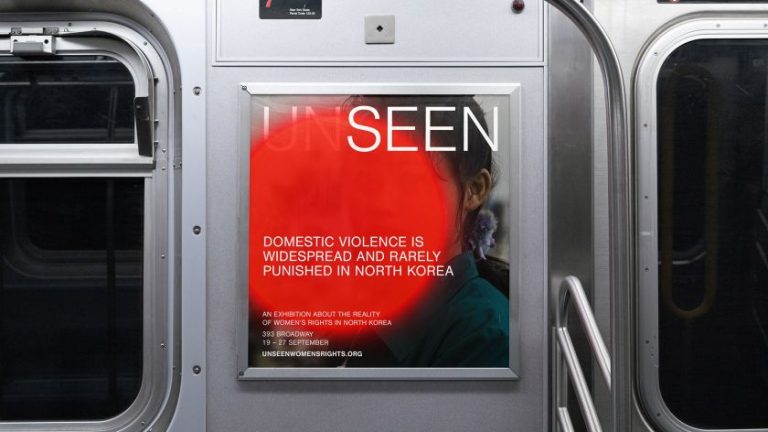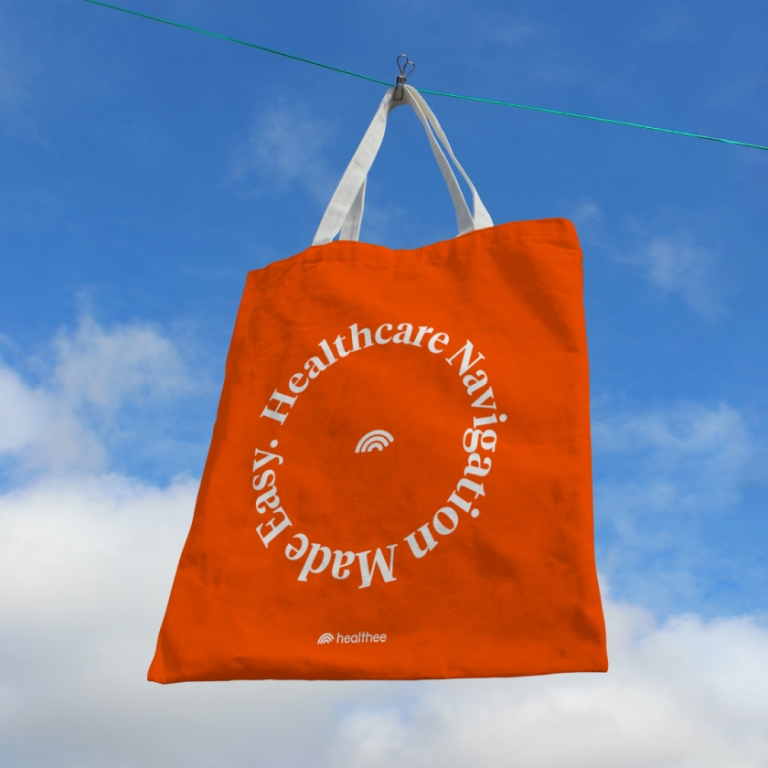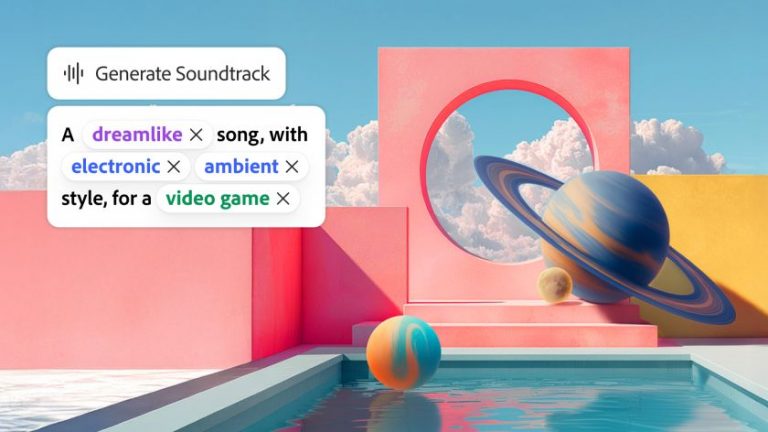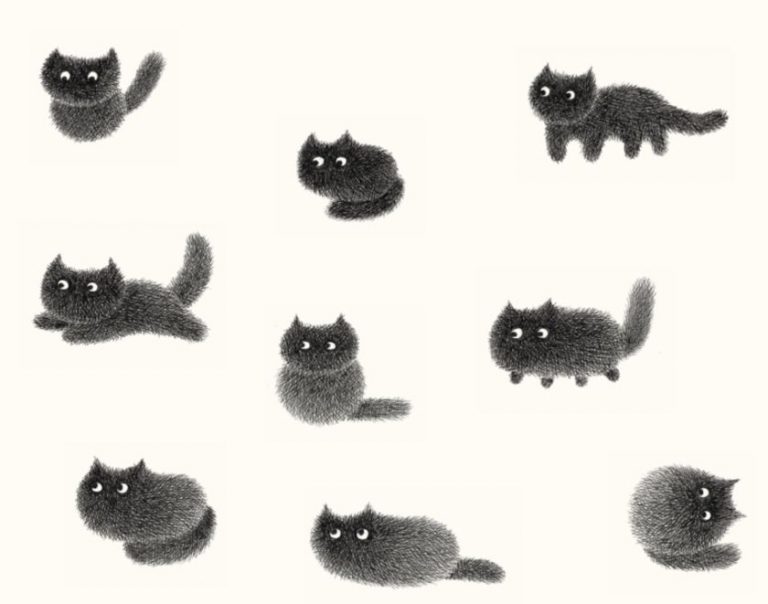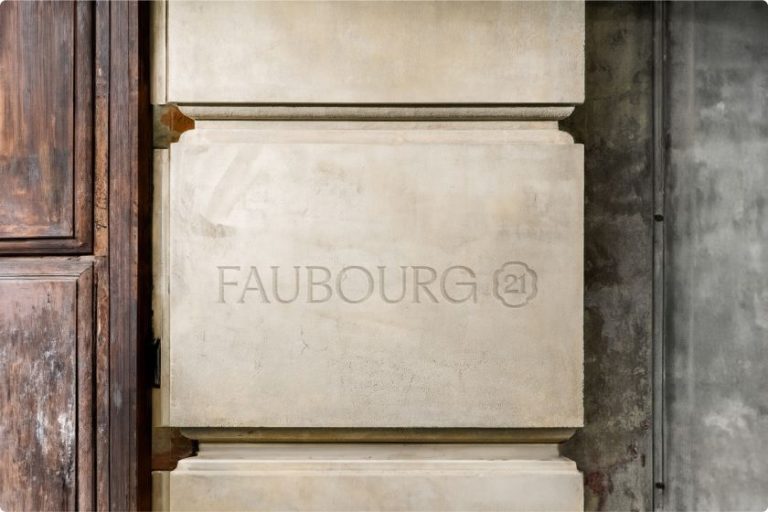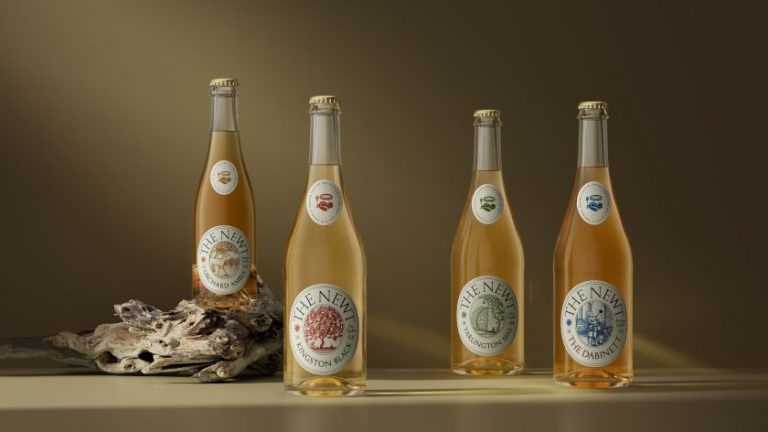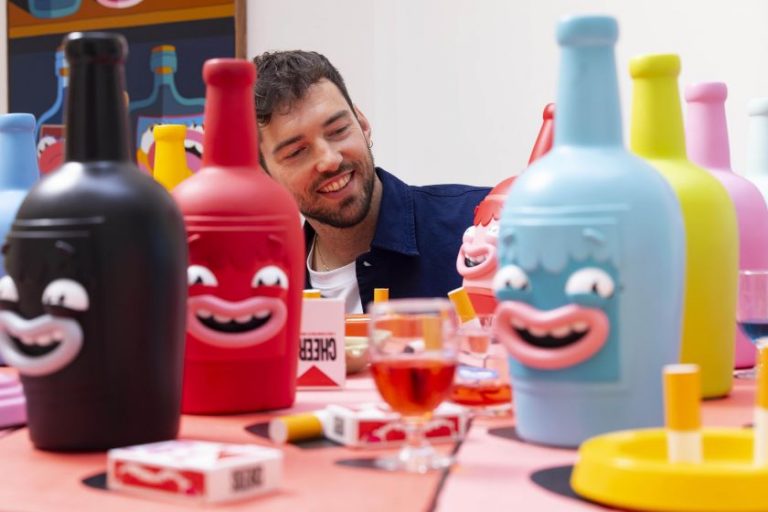We chatted with London agency SomeOne about how they branded Peckish, a brand new app that champions independent retailers and connects communities with their favourite stores.
In the last five years since the pandemic, the way we get our goods has been changing hugely. You may have noticed, for instance, that local takeaways are far less likely to drop leaflets through your door.
If you find an old one at the back of a kitchen drawer and give them a call, they’ll probably tell you they no longer take orders directly and direct you to an online delivery app. Worse still, they might simply have gone out of business, under competition from so-called “ghost kitchens”, which service these apps without the expense of an actual storefront.
Now, retail is following the same path, with tech giants like Amazon offering to deliver groceries and save you the bother of visiting the shops. But while we all love that kind of convenience in theory, no one wants their local stores to close as a result. That’s why Co-op is aiming to carve out a third way with an innovative app called Peckish.
This new platform isn’t just a delivery service—it’s a love letter to independent retailers and the communities they serve. At a time when online convenience threatens to homogenise our shopping experiences, Peckish offers a digital ecosystem that amplifies local character rather than erasing it.
We chatted to SomeOne, the creative agency behind the project, to find out how they developed this new and intriguing brand.
The brief
When SomeOne was tasked with creating a comprehensive brand strategy for Peckish, they faced a complex challenge. How do you create an identity that champions local businesses while leveraging the trust of a national brand?
The answer lies in a nuanced approach that puts independent retailers front and centre. Shaun Turnbull, creative director at SomeOne, succinctly describes the project’s core mission: “Supporting local isn’t just a tagline for Peckish — it’s its DNA.”
This philosophy is embedded in every aspect of the brand’s design, from its name to its visual language.
The name
Naming is often the most challenging part of any branding exercise, and Peckish was no exception. “Naming. It. Is. Tough,” Simon admits candidly.
The team explored over 300 potential names within an incredibly tight two-week deadline. The result? A name that captures the essence of casual, local food conversation.
“We considered more than 300 names in countless rounds over a very tight deadline of two weeks, and Peckish was the front runner,” Simon recalls. “All credit to Co-op on having the appetite to push for a name born from the local vernacular that’s known up and down the country. This was of extreme importance for Co-op, that we landed a name that was born from the strategy of supporting local.”
Visual identity
The visual identity of Peckish is a masterclass in subtle brand integration. While maintaining a clear connection to Co-op’s established brand world—evident in the iconic blue colour and custom headline font—the brand develops its own distinct personality.
The most distinctive element is what Simon calls the “bite” — a graphic device that quite literally takes a bite out of the logo, illustrations, and digital interfaces. “It’s more than just a graphic; it’s ready to sink its teeth into the competition and shake things up,” he explains.
The bite can be seen throughout the brand, he adds. “A bite is taken out of the logo. A bite can be seen taken out of in-store aisle fins. And there are opportunities in digital where bites can be seen in motion; pecking away at products revealing more. The bite has its own distinct behaviour, seen especially in digital when it gets the opportunity to come to life.”
Even the logo reveals these subtle design considerations. While predominantly using Co-op’s custom font, the team made specific alterations—italicising the entire wordmark and subtly tweaking the ‘P’ and ‘h’. These small but important adjustments demonstrate the attention to detail that elevates the brand overall.
The illustrations
Central to the brand’s visual storytelling is the illustration work of Miguel Ángel Camprubí. From produce to delivery, each illustration tells a story, transforming what could be a mundane app experience into a vibrant, engaging journey.
“We recognised Miguel as a possible illustrator in our early Co-op rebrand exploration, and we’ve been waiting for an opportunity to work together,” reveals Simon. “Peckish turned out to be the perfect fit. Pairing his recognisable style with the app’s focus on supporting local retailers and communities, Miguel was a natural fit. This is what we wanted to capture with the library of illustrations created.”
Behind the design lies a compelling business model. After a successful trial with 30 Nisa stores last year, Co-op is investing £1 million in the first year, with an ambitious goal of reaching 1,000 stores. By partnering with JustEat and UberEats, Peckish offers a seamless platform that genuinely supports independent retailers.
Peckish isn’t just a cool brand, then, but one with potential to reshape the retail landscape. In an era where the balance between online convenience and physical stores feels out of whack, this new app offers a lifeline to local businesses, giving them a digital platform without compromising their individual character.
At the same time, Peckish offers designers a masterclass in strategic branding: how to create an identity that is at once familiar and revolutionary, corporate yet deeply personal. We wish it well.

